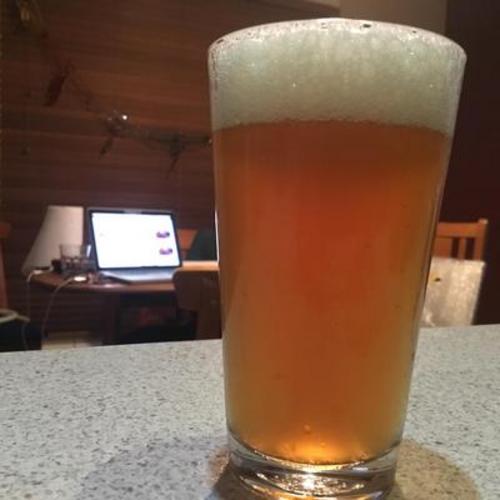In response to the original question, I'm doing kit and a bit in bottles and I'm very pleasantly surprised as to how much of a hop hit I'm able to get. Ok, it's not a Pirate Life IPA/Feral War Hog/Bridge Road Bling but I reckon if I temp controlled and kegged I'd hit the spot. This is what I'm drinking now and if all my beers after this one are at least this good I'll be very pleased:
1.5kg Morgans pale malt extract - unhopped
1.5kg DW Pilsner malt extract - unhopped
250gm maltodextrin
200gm pale crystal steeped for 20 min at 65c
15gm Simcoe for 20min
5gm Amarillo 10min
5gm Galaxy 10min
11.5gm Safale US 0.5
25 litres (which is where I went wrong, should have been no more than 22)
OG 1041
I started dry hopping 2 days into the fermentation process with:
15gm Amarillo
15gm Simcoe
20gm Galaxy
However, the airlock had slowed a lot by day 4 and the gravity was at 1012 meaning that my beer was only 3.8% ABV.
I put in another 330gm of dry light malt extract with 500ml of water that had 10gm of Simcoe boiled for 10 min and 18gm Citra steeped for 8min. It was bottled 10 days later on the 1st of Dec with a final gravity of 1011.
I'm drinking it now and it is by far the best beer I've ever brewed. I'd put it at a mild IPA or a full-bodied, full-hopped pale. It was only bottled on 1 Dec, so I know I'm drinking it too early. But it is perfectly carbonated (used Coopers carbodrops) and so full of flavour.
The process was obviously a comedy of errors but the end result, no matter how accidental, is dead-set delicious (gotta say, the one I poured before was a whole lot more clear than the one I photographed. Taste pretty much the same, though).





